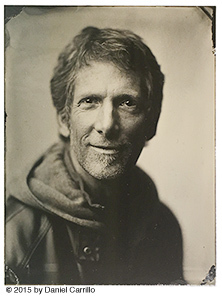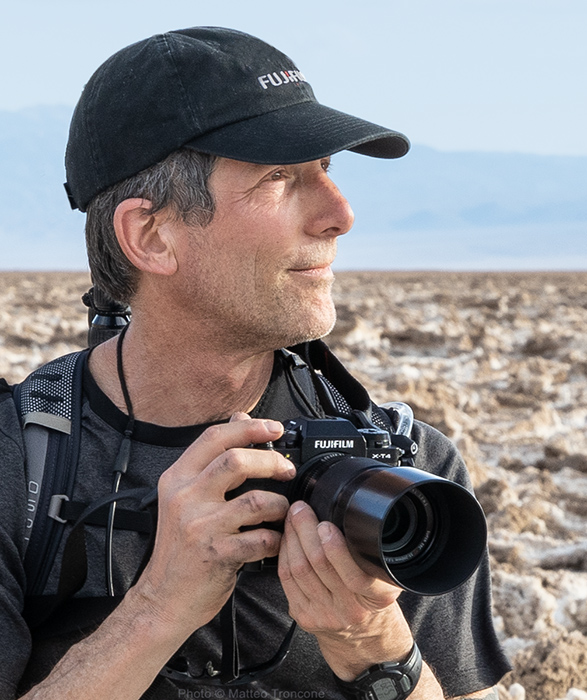“Wherever I go, I seek compositions that artfully interpret subjects and the ‘feel’ of the place they inhabit”
 On a recent road trip down the Oregon coast, I spent a day at infamous Canon Beach. To say that it’s a magical and photogenic place is an understatement. The surrounding public-access coastline draws over 20,000 people a year, yet much of it can easily be seen with hardly a soul upon it.
On a recent road trip down the Oregon coast, I spent a day at infamous Canon Beach. To say that it’s a magical and photogenic place is an understatement. The surrounding public-access coastline draws over 20,000 people a year, yet much of it can easily be seen with hardly a soul upon it.
On this September morning, there were probably forty people within a hundred feet of me near the base of the ever-popular Haystack rock, so I chose to move in closer to nature and leave the people out of frame. It’s easy to reach these multi-hued Ochre Sea Stars at low tides, but a challenge to find an unpopulated composition that really comes to life. I wanted to show the habitat more than to focus in on the animals themselves, which I would make detailed portraits of later. I also made a gallant effort not to step on the anemones, mussels and tiny crabs covering the area.
“I must have looked like a strange clown balance-stepping toe-to-toe with the extended tripod legs held high over my head.”

Once I found the perfect composition, I mounted my SLR and a Canon 17-40mm wide zoom, composing half my frame with the starfish grouping and half with the landscape and shoreline. The warm morning sun lit my foreground perfectly. Timing was important as incoming tidal waves swirled in and around my sinking tripod legs at staggered intervals, causing a shift in its position. I stopped my lens down to f16 so I would have a sharp enough background to show the nurturing sea and landscape’s details. A slow exposure allowed me to soften the receding waters leaving a reflected sky. The result was a pleasing description of animals in their environment.
 But I was not finished telling the story of this amazing place, because it is accessibility that allows us to see the colorful creatures of this environment and make our connection to them. My next task was to show the starfish and the people in an imaginative way. I put my camera in my bag and strolled along the tide pools noting how people viewed the uniquely accessible offerings of undersea nature in their path.
But I was not finished telling the story of this amazing place, because it is accessibility that allows us to see the colorful creatures of this environment and make our connection to them. My next task was to show the starfish and the people in an imaginative way. I put my camera in my bag and strolled along the tide pools noting how people viewed the uniquely accessible offerings of undersea nature in their path.
Once I had a feel for their behavior, I set out to reverse the typical photograph of people watching nature. Instead, I put my camera’s point of view as close to the starfish as possible, and let the people become the background. This technique worked perfectly, and put the emphasis on the natural history of this location rather than our occupation of it.
Come join me by the sea my friend, and together we’ll discover your Imagination, Vision and Voice. Please see my other hands-on location workshops here, and I invite you to freely share this post.
Just fill in the blanks to subscribe for more travel stories and techniques in Photography, Lightroom and Photoshop.
I occasionally send out "The Viewfinder" e-newsletter, and provide free presets and workshop discounts.
I never over-post, share your info, and you can opt out at any time.



